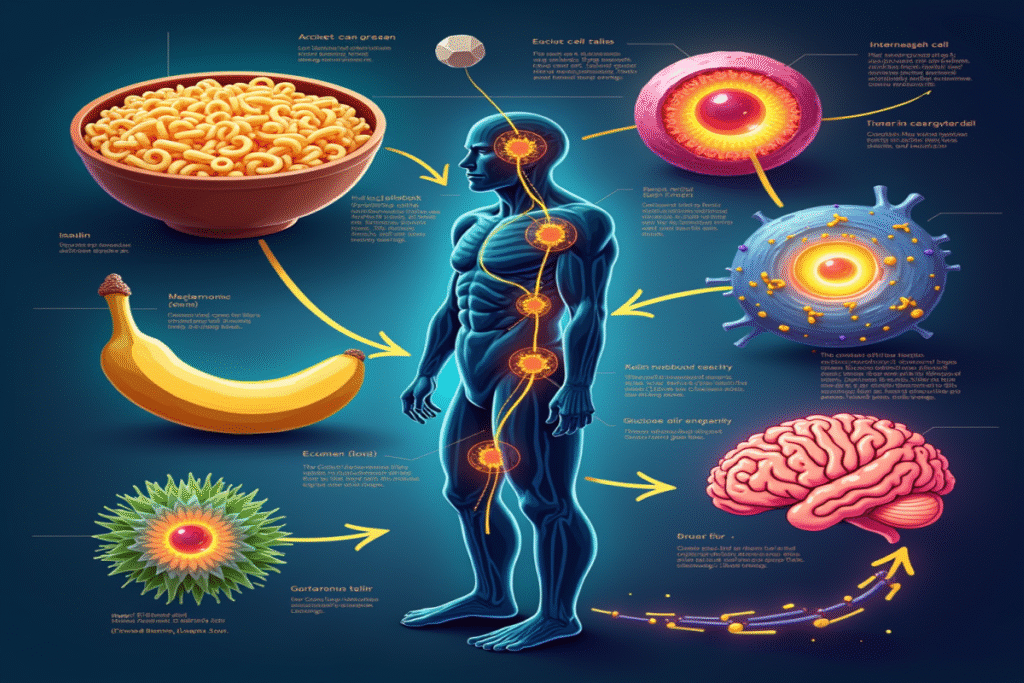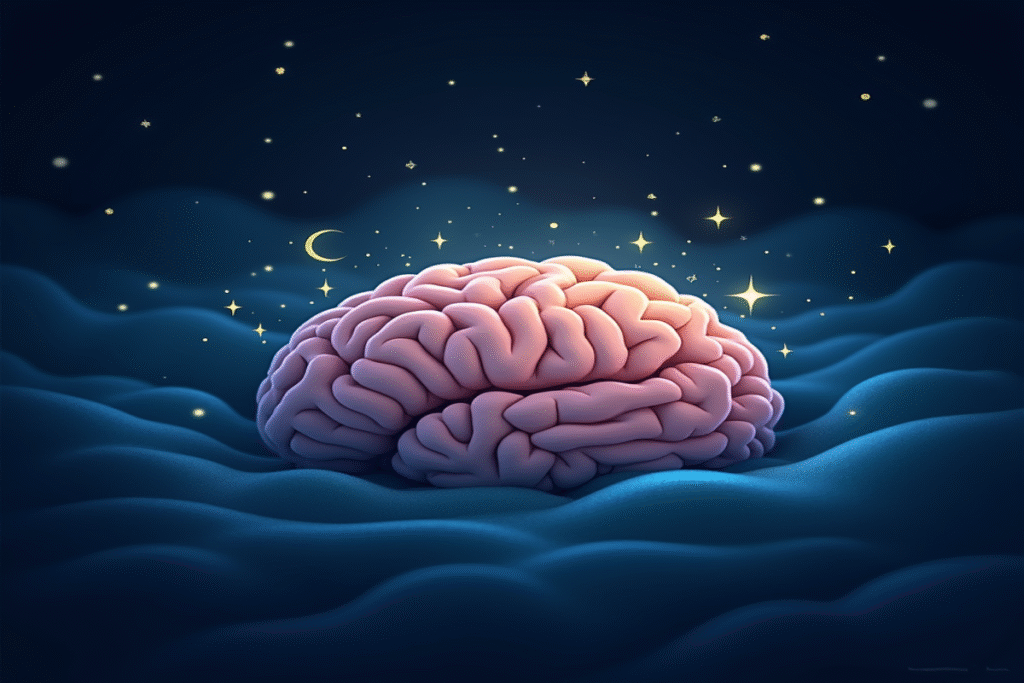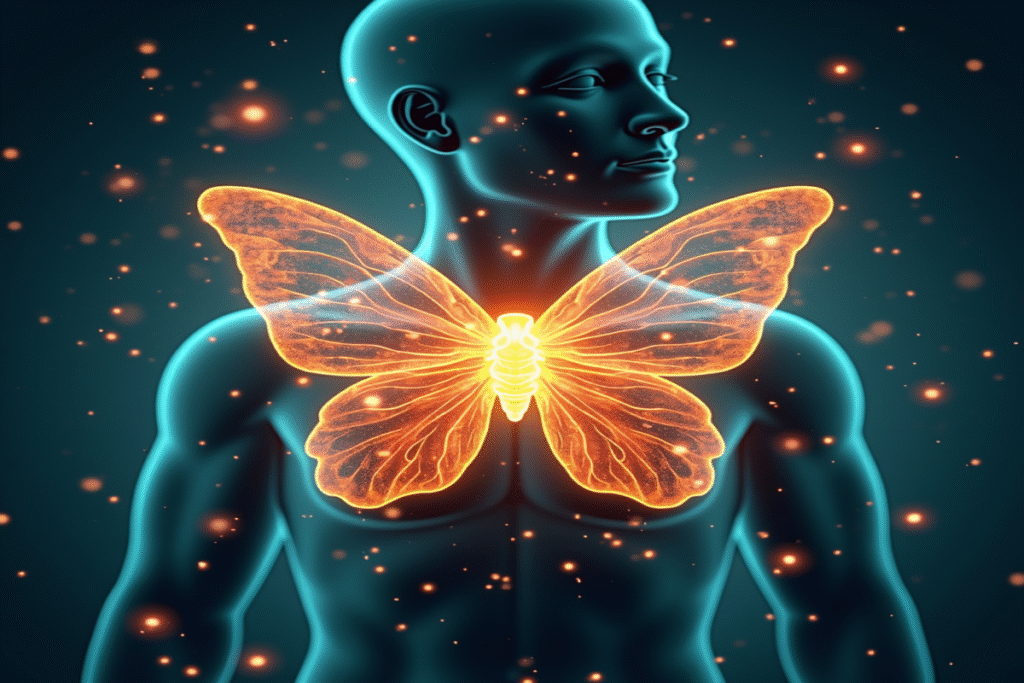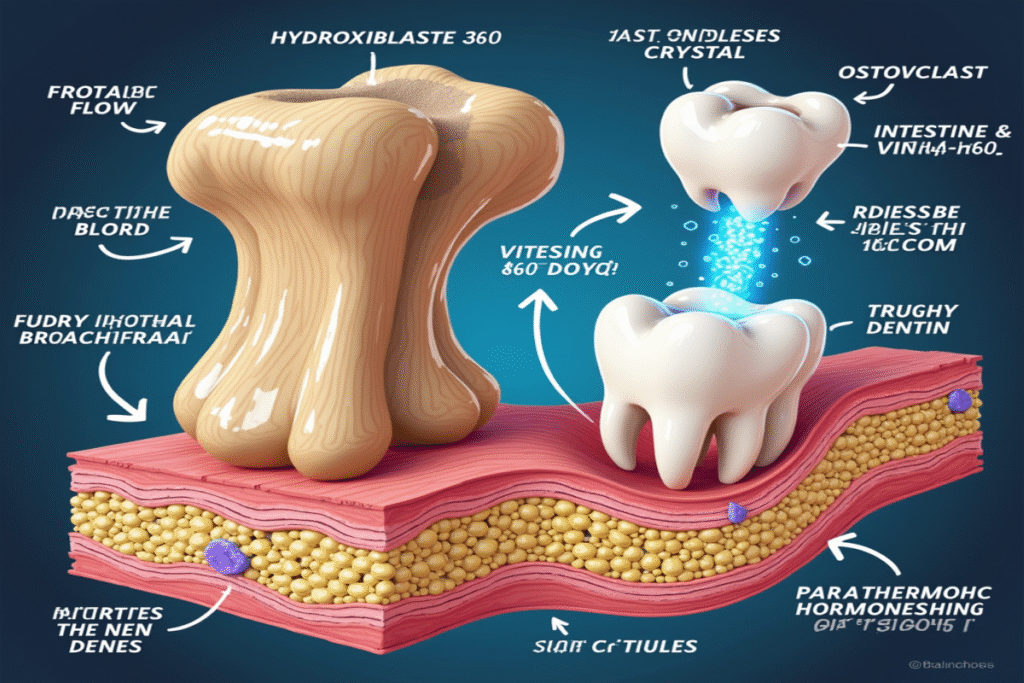Have you ever wondered how you can experience taste even when no food touches your tongue? This is not just your imagination—it’s neuroscience at work!
The Taste-Distance Mystery
We often assume taste is simple: food touches the tongue, taste buds detect flavors, and the brain registers taste. In reality, it is more complex. Researchers have found that flavor sensations can arise even without direct contact with flavor molecules, challenging our basic understanding of sensation.
Retronasal Olfaction: The Back Door to Taste
When you chew food, volatile compounds travel up your throat to stimulate smell receptors via the retronasal pathway. That is why, when you have a cold, food seems tasteless—you lose up to 80% of its flavor without realizing it.
These odor signals combine with minimal taste information to create a full flavor experience.
Thermal Taste: Temperature Creates Flavor
Another surprising phenomenon is thermal taste, where temperature changes on the tongue trigger taste sensations. Heating or cooling parts of the tongue can make some people taste sweetness, bitterness, or sourness even without any flavor molecules.
About 20-30% of people are thermal tasters who experience flavors when exposed to temperature changes.
The Electric Taste Illusion
Electrical stimulation of the tongue can also evoke taste sensations. Scientists have developed devices that apply tiny electrical currents, creating tastes that feel remarkably similar to real flavors even when no food is present.
Researchers in Japan have created digital taste technology that uses both electrical and thermal stimulation to simulate complex flavors like sushi, potentially revolutionizing virtual dining experiences.
Crossmodal Perception: When Senses Mix
Your senses do not work in isolation—they influence each other. This crossmodal perception means that what you see, hear, and feel can change what you taste.
In a well-known experiment, subjects rated the exact same wine as tasting superior when they believed it was expensive. The expectation of better taste actually enhanced their flavor experience.
Emerging Quantum Ideas
Some researchers are exploring whether quantum vibrations might play a role in taste. They suggest that taste receptors could detect the vibration patterns of molecules, much like a tiny spectrometer, rather than relying solely on the shape of the molecules.
This idea is still under investigation but may one day change how we understand taste.
Why This Matters
Understanding these non-contact taste mechanisms is more than a scientific curiosity. It can help develop artificial flavors, treat taste disorders, and inspire new culinary experiences.
Next time you enjoy a meal, remember that the magic of taste is a complex sensory symphony that sometimes requires less direct contact than you might think.





